
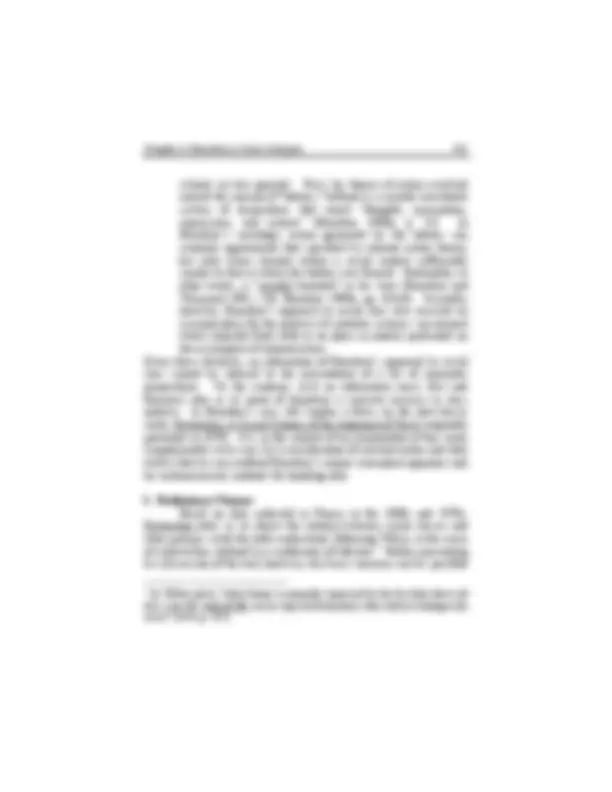
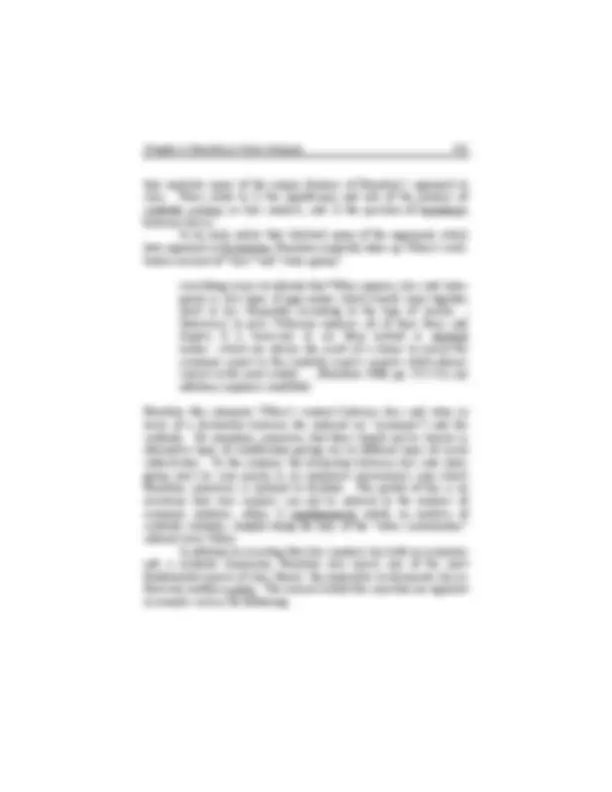
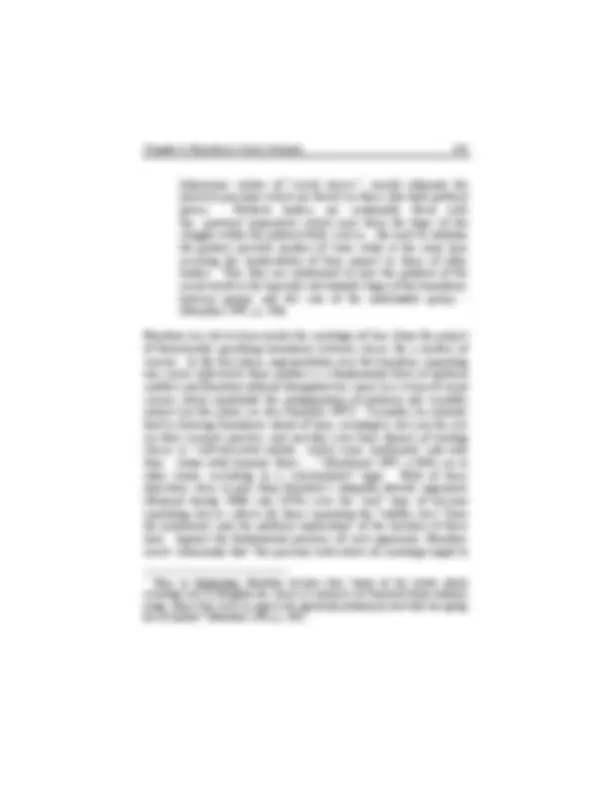
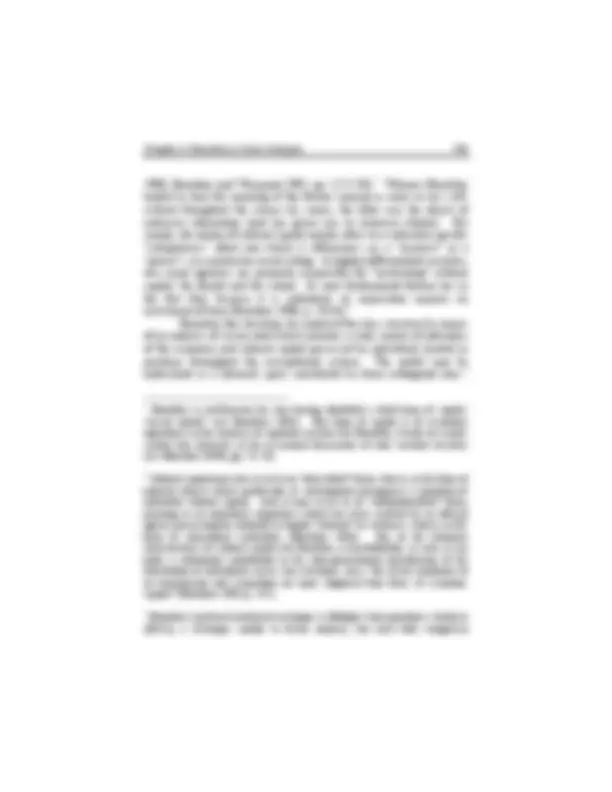
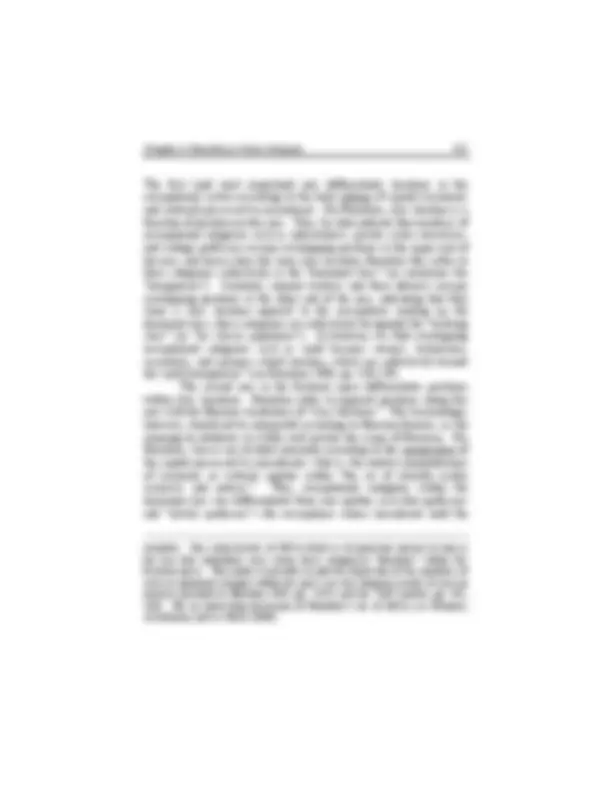
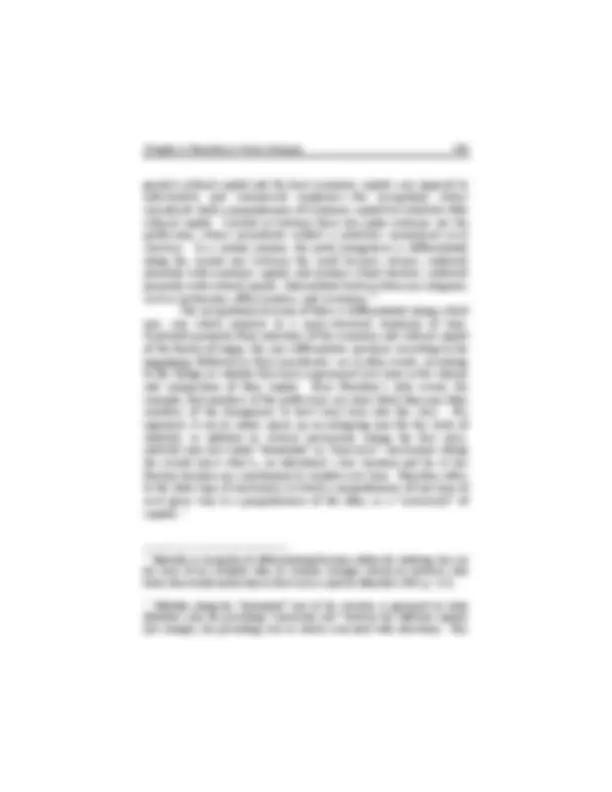
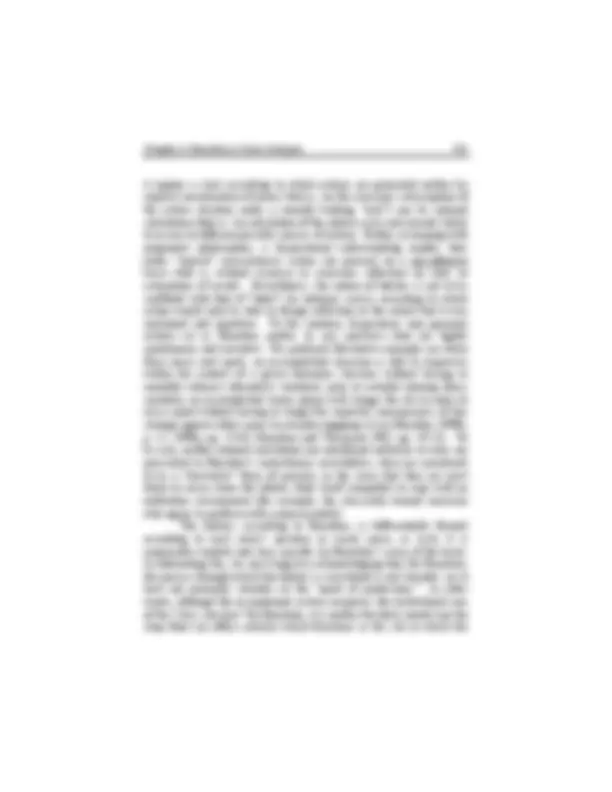
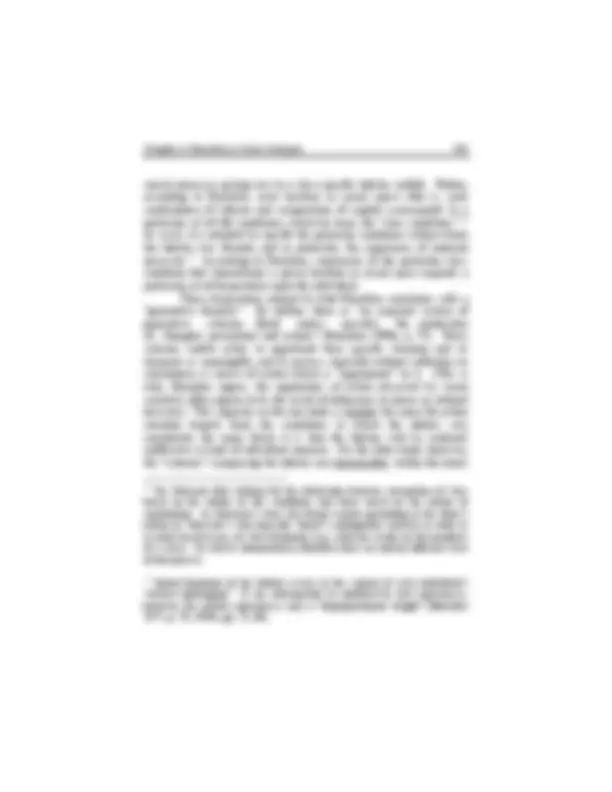
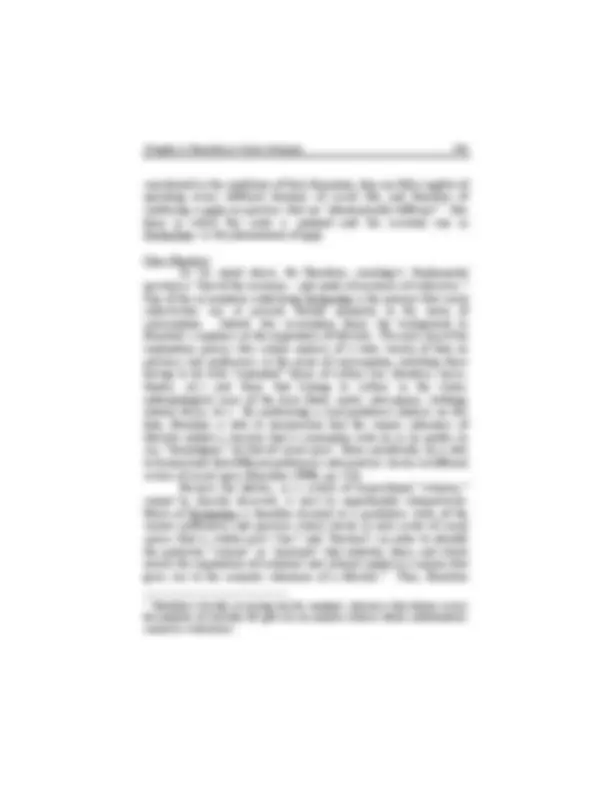
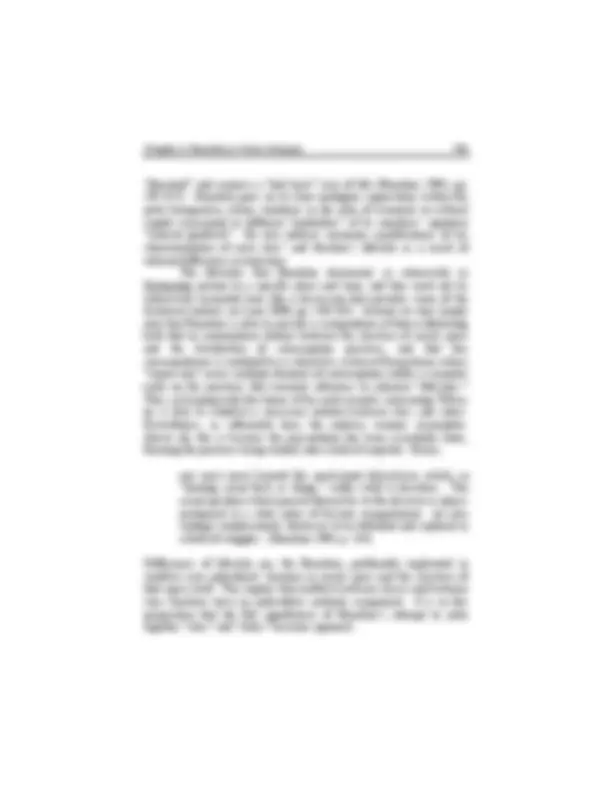
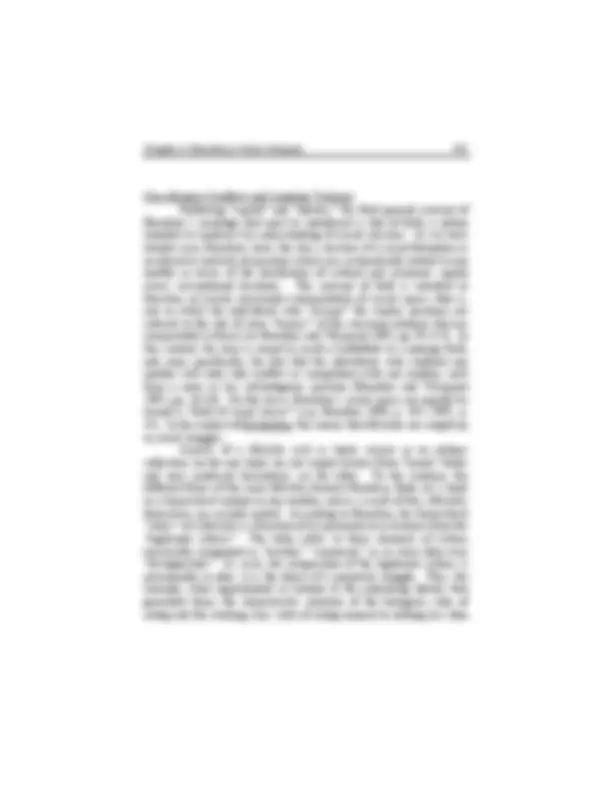
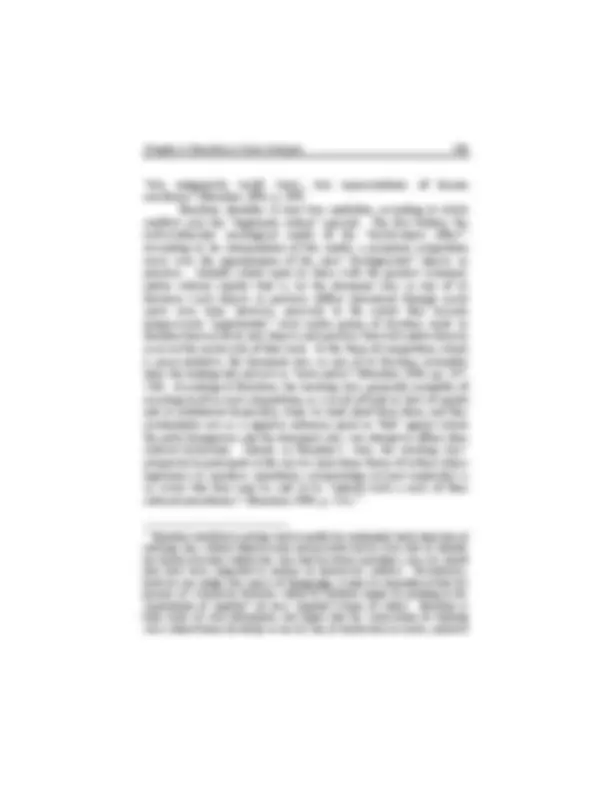
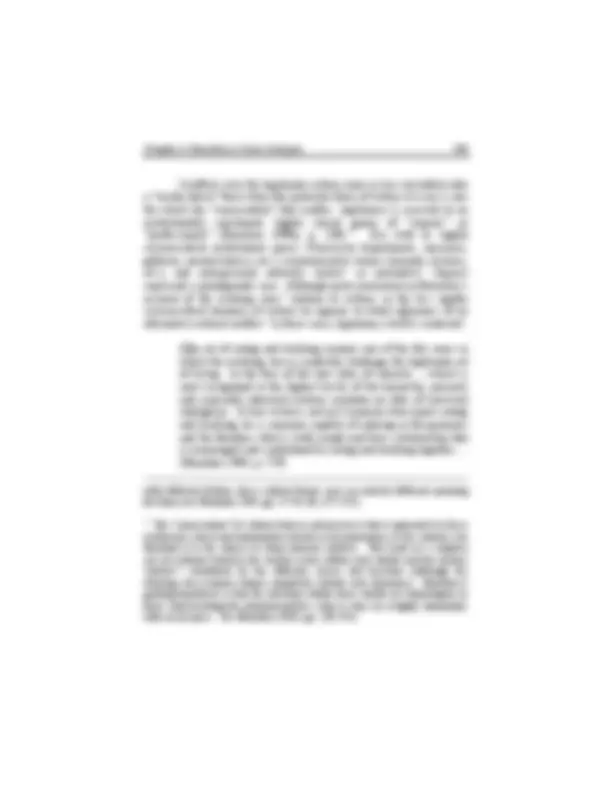
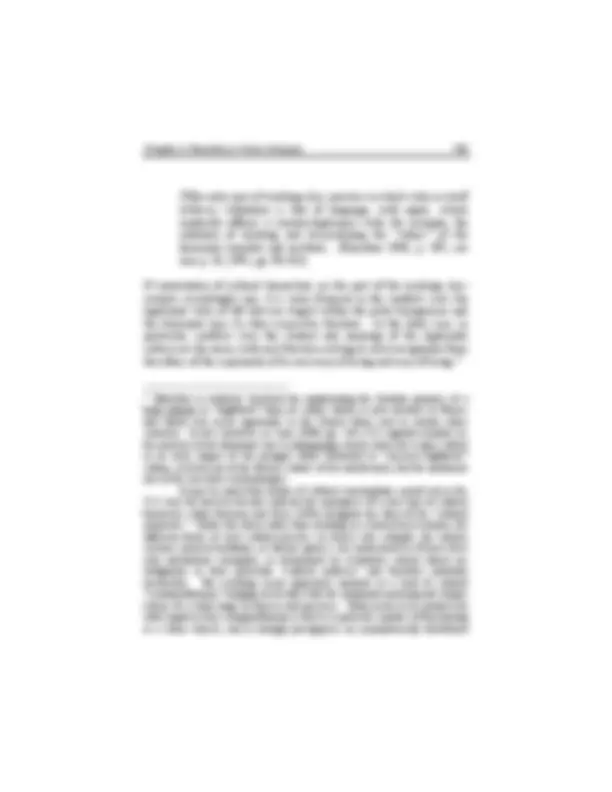
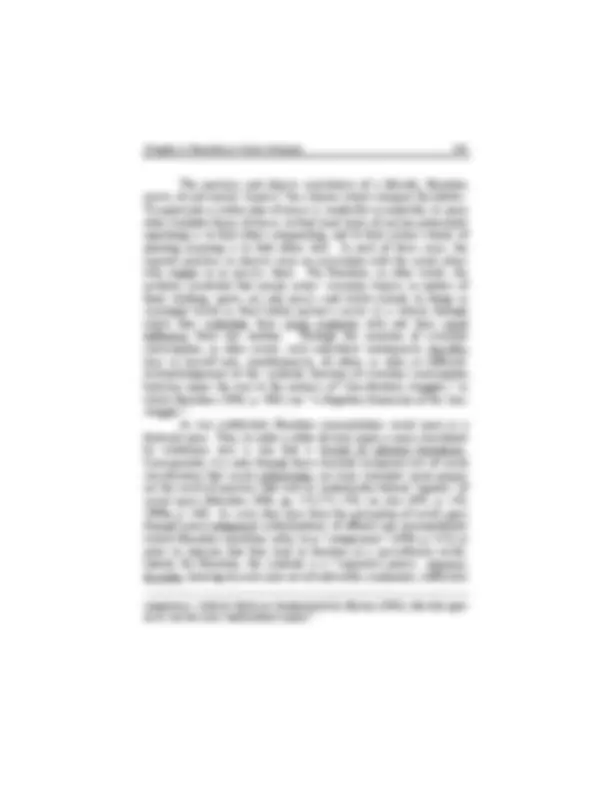
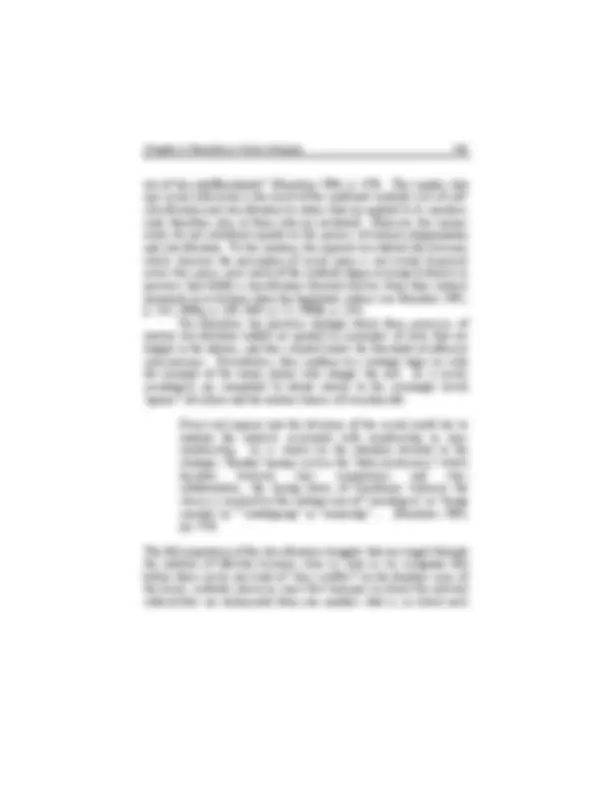
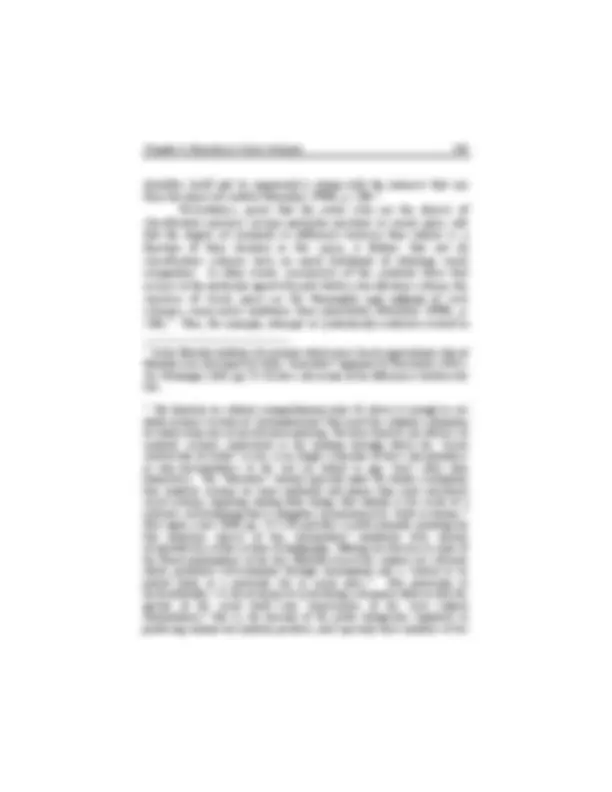
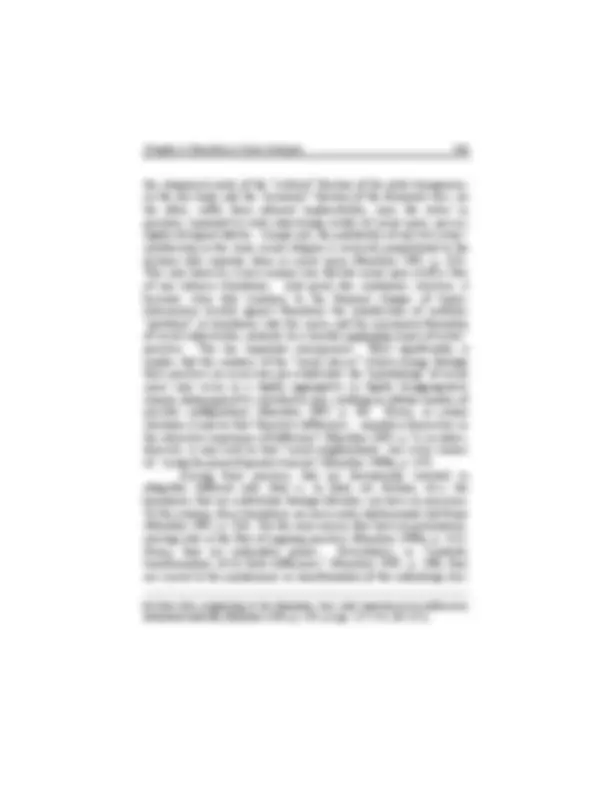
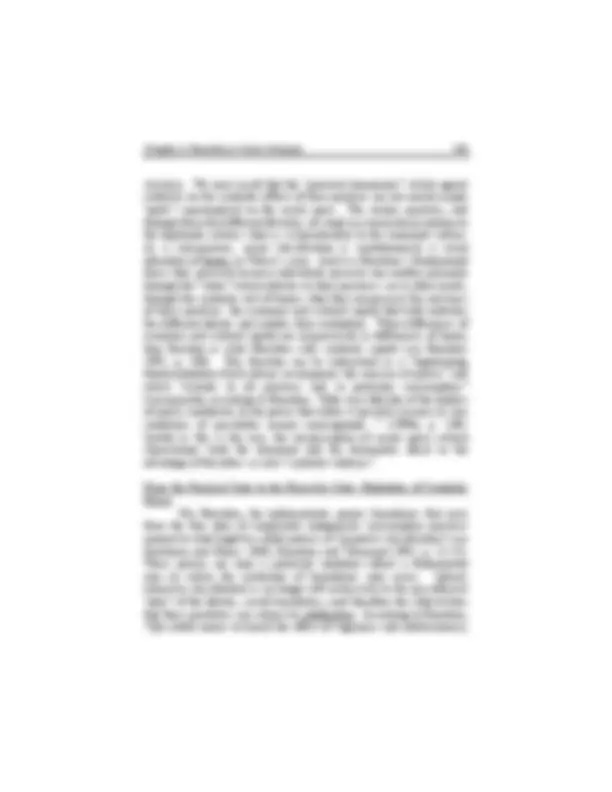
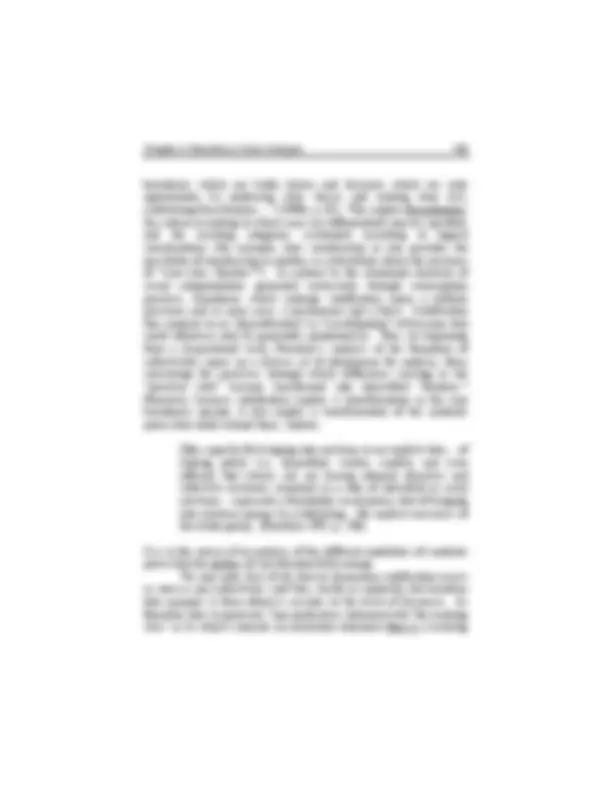
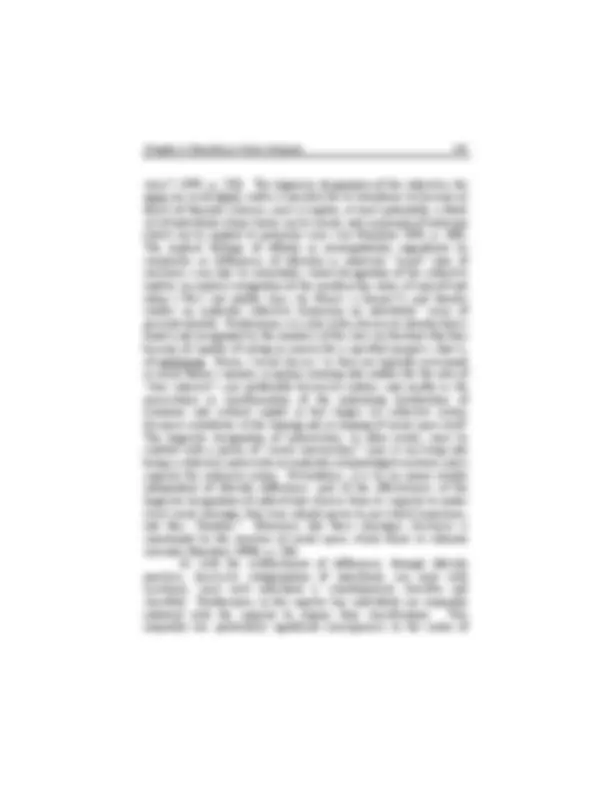
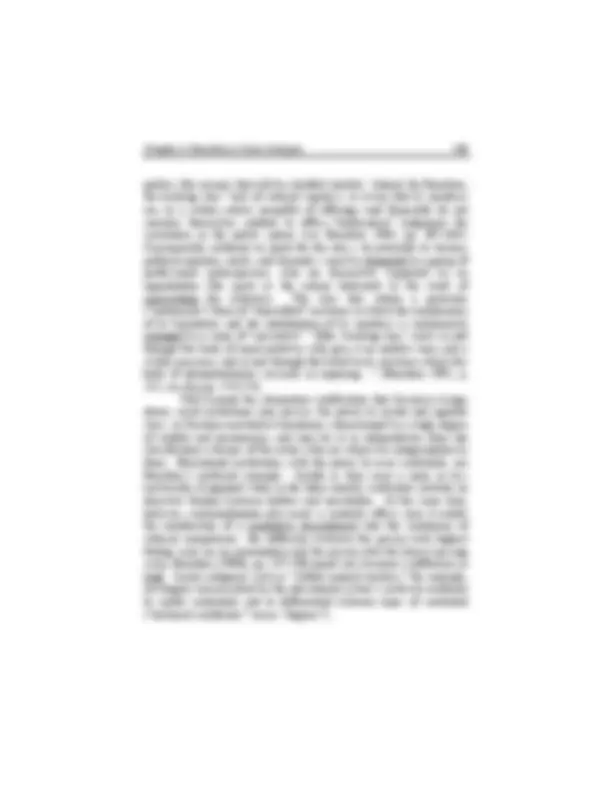
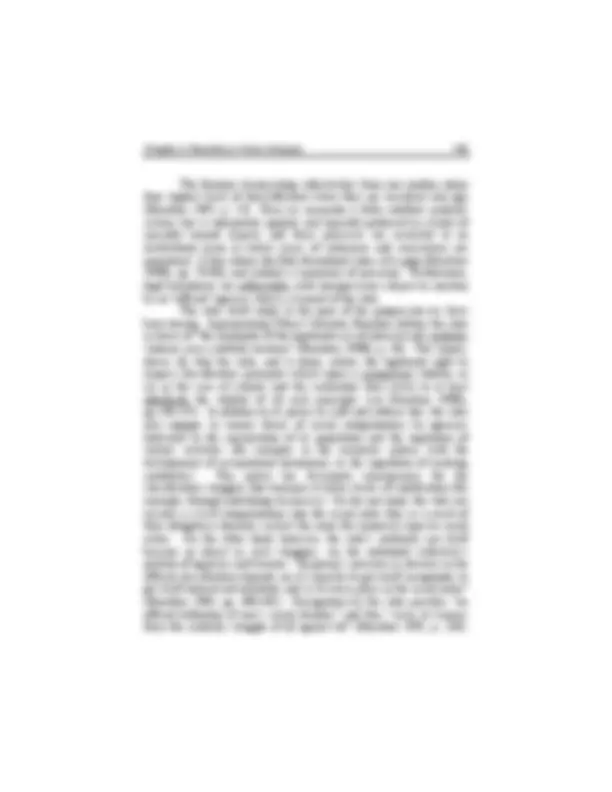

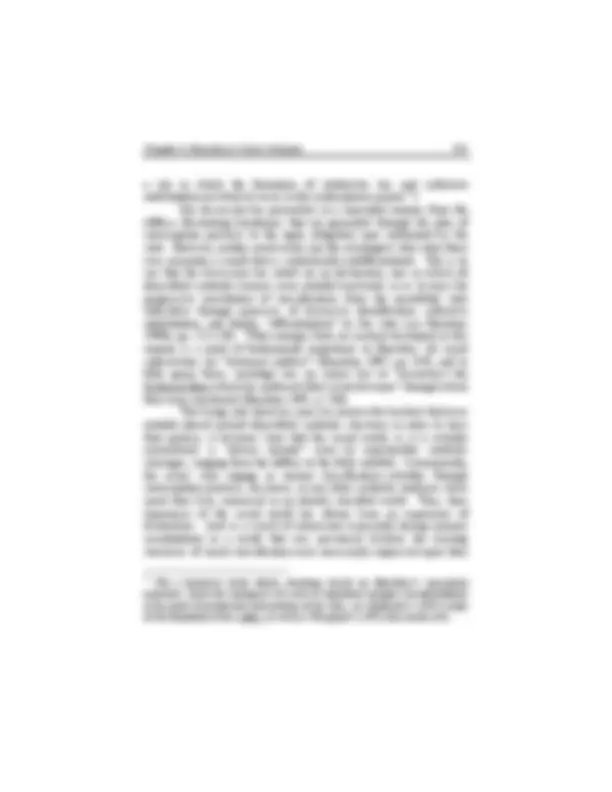
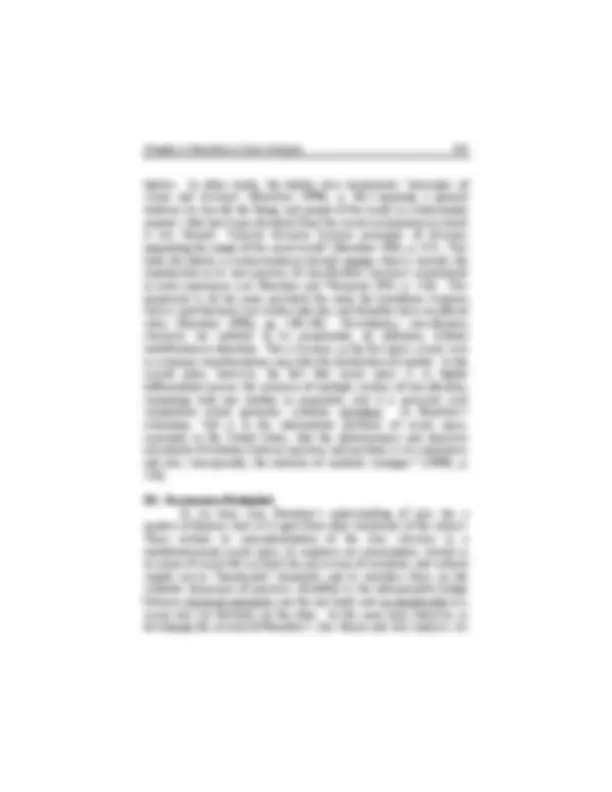
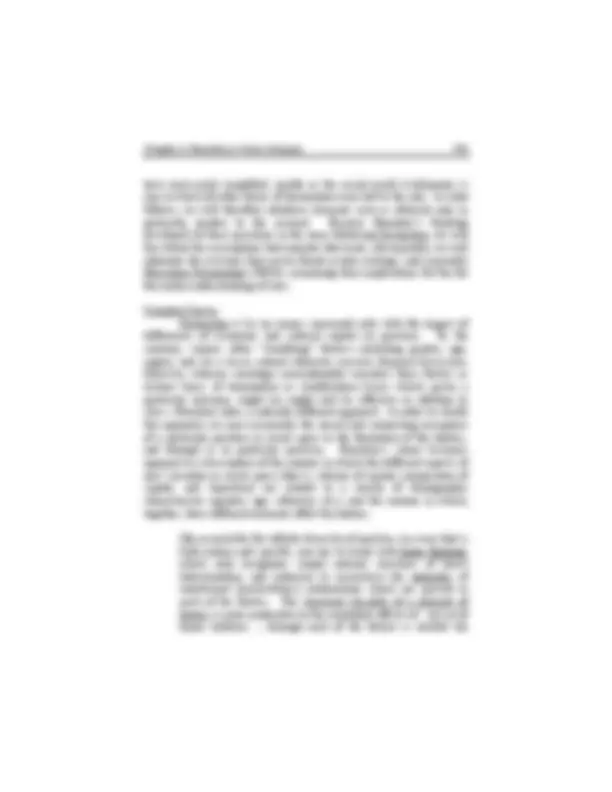
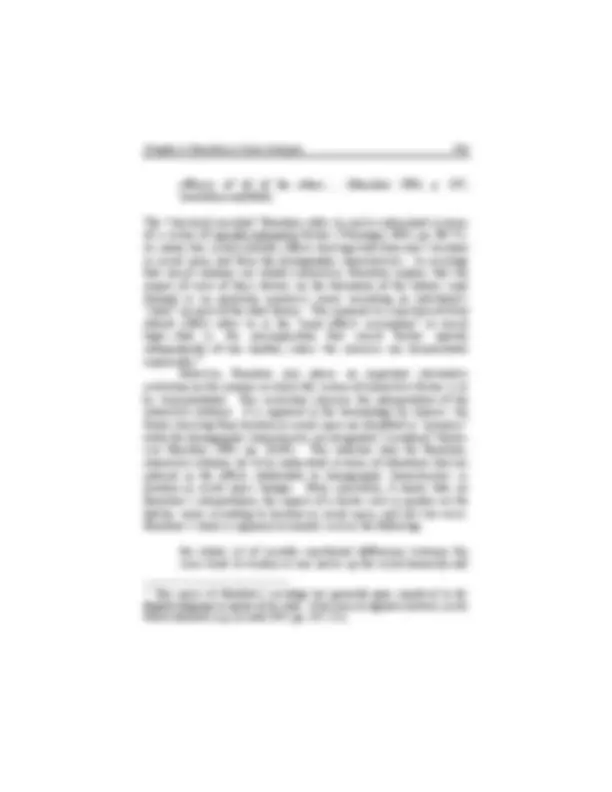
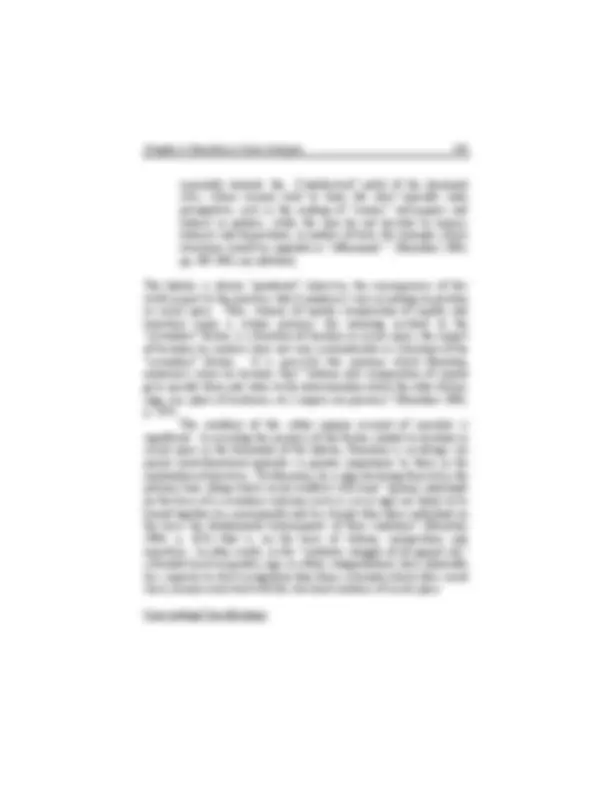
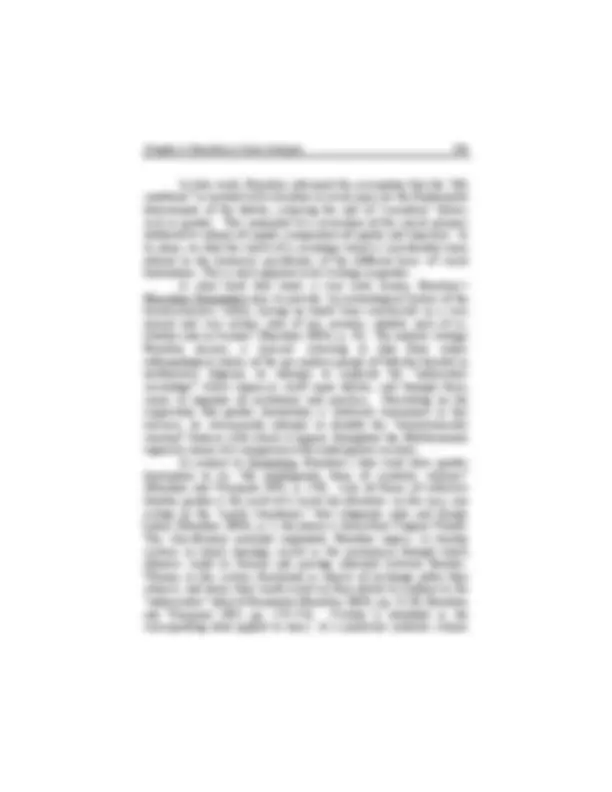
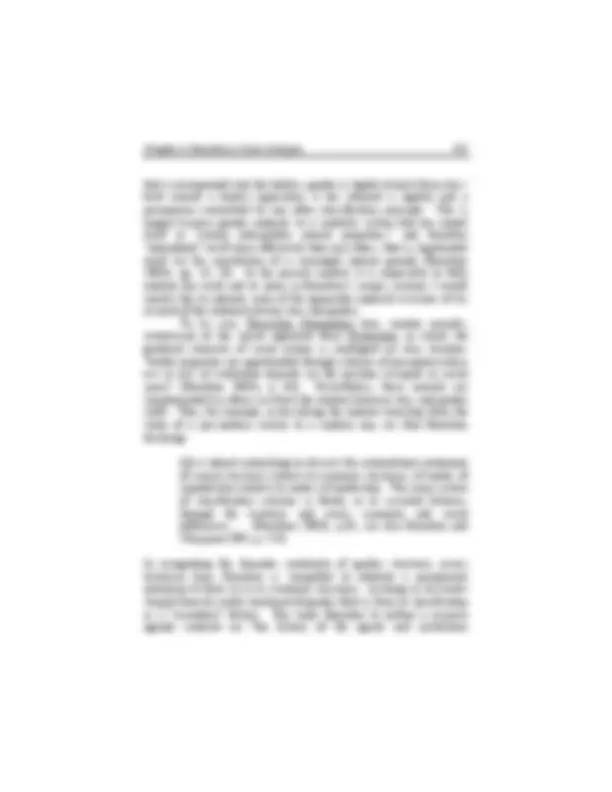
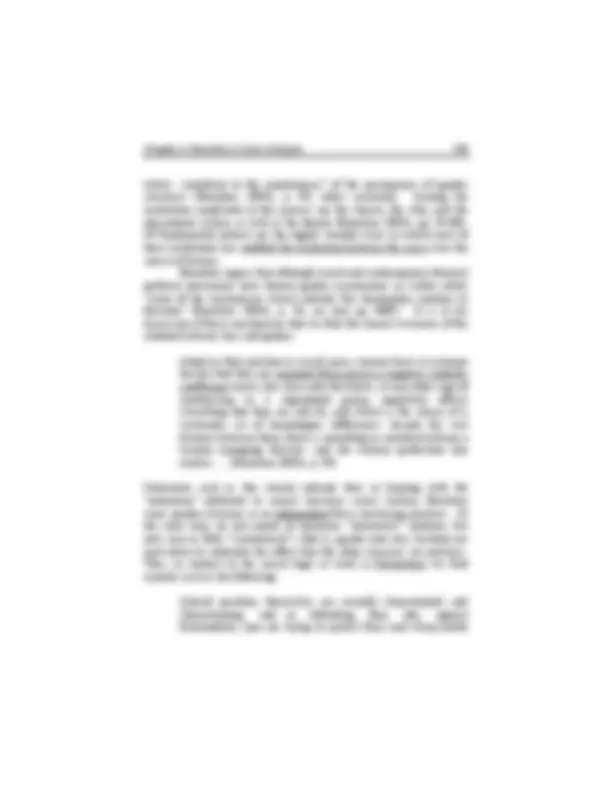
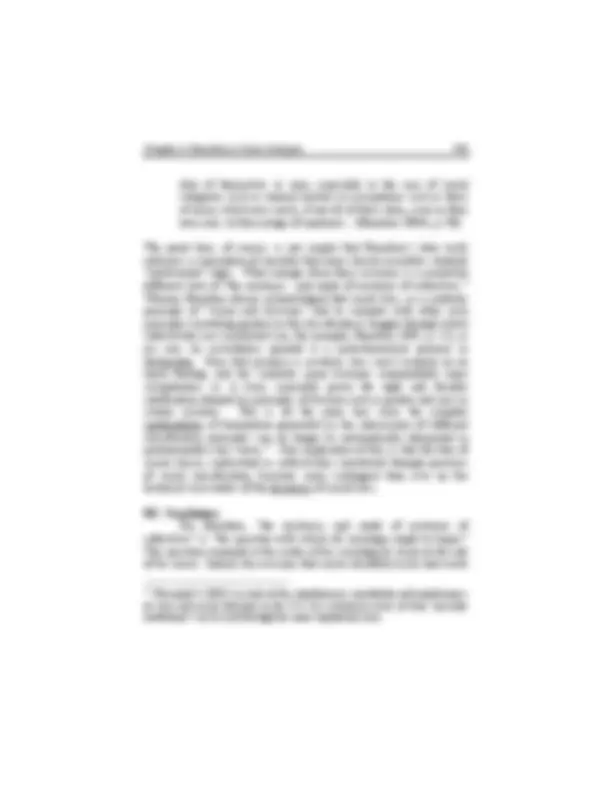
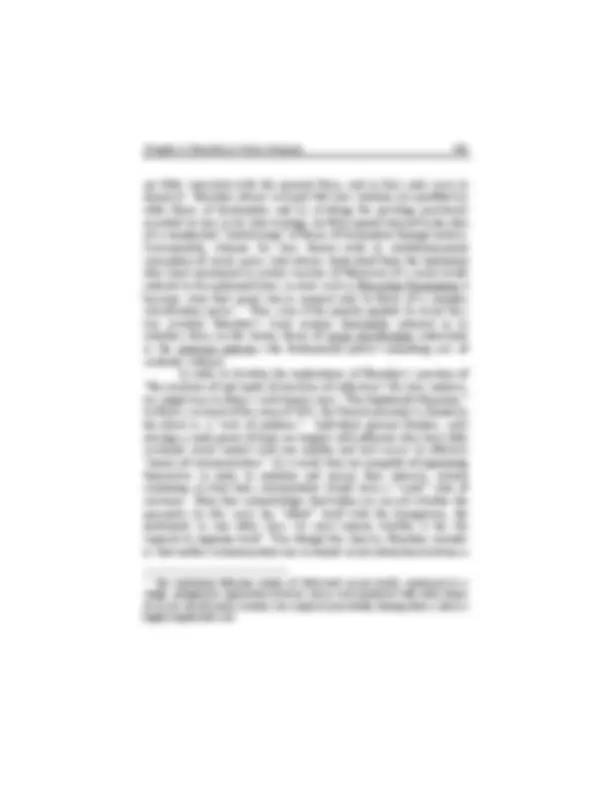
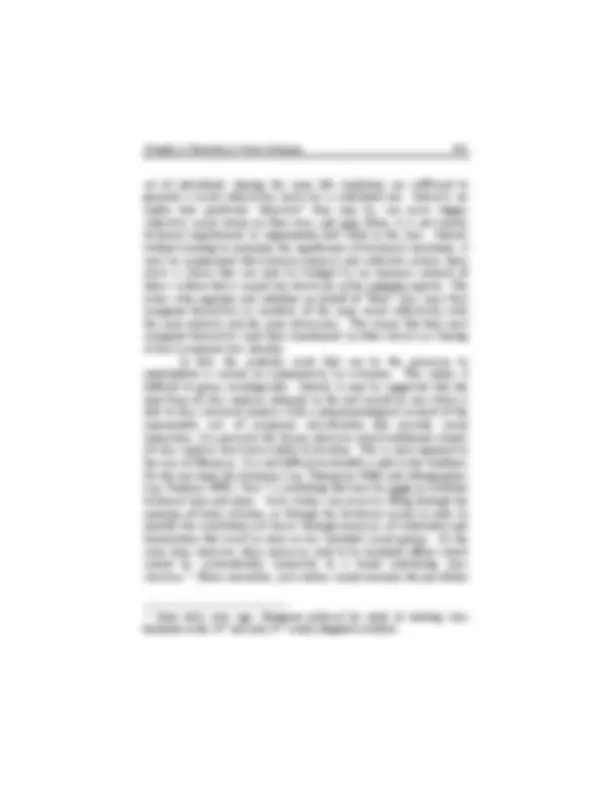
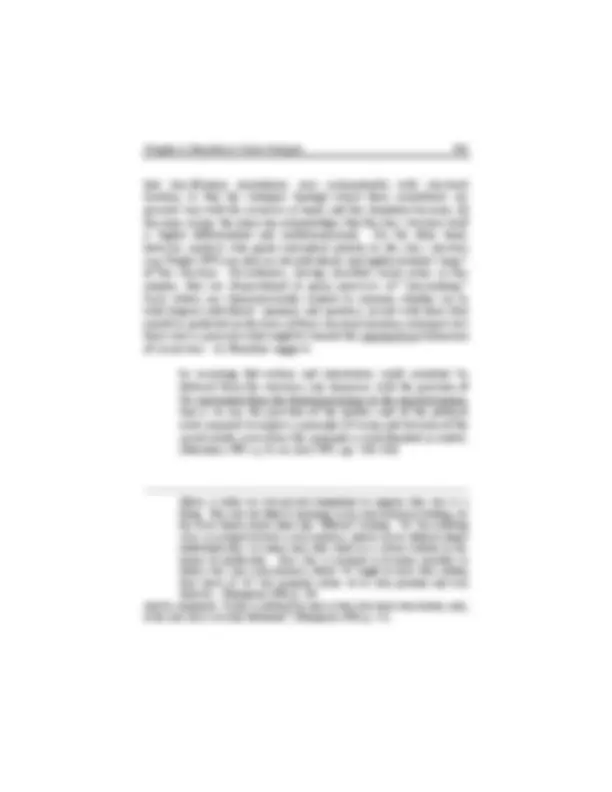
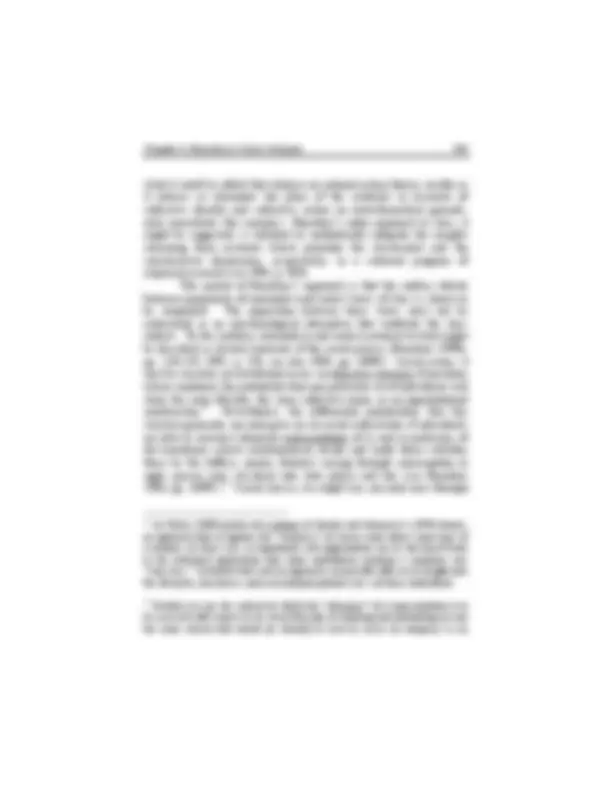
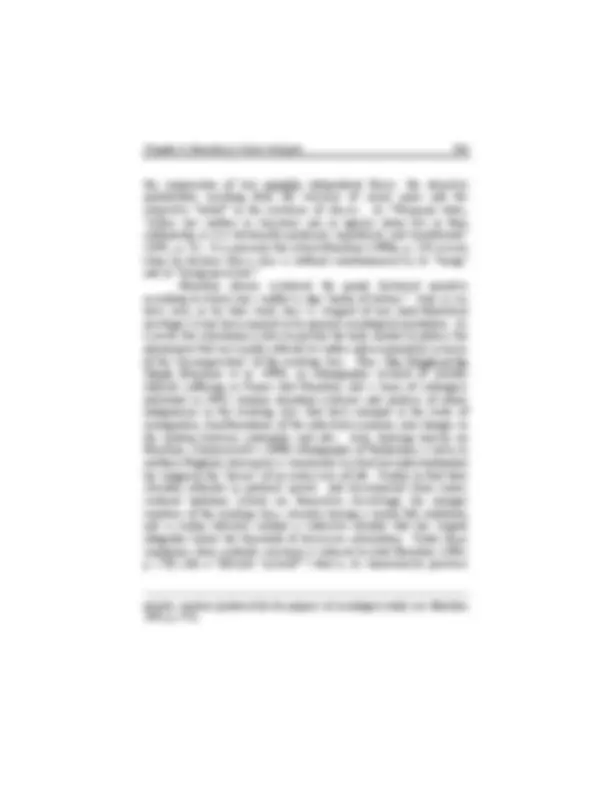
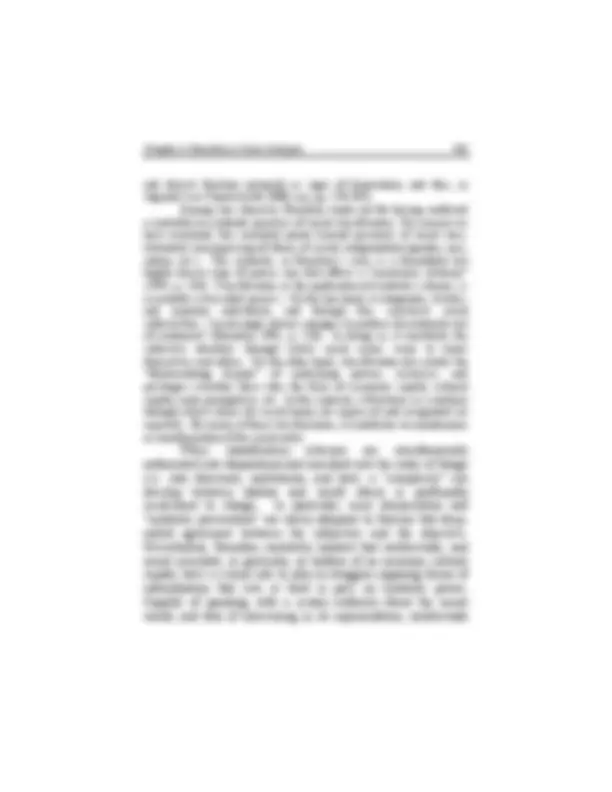
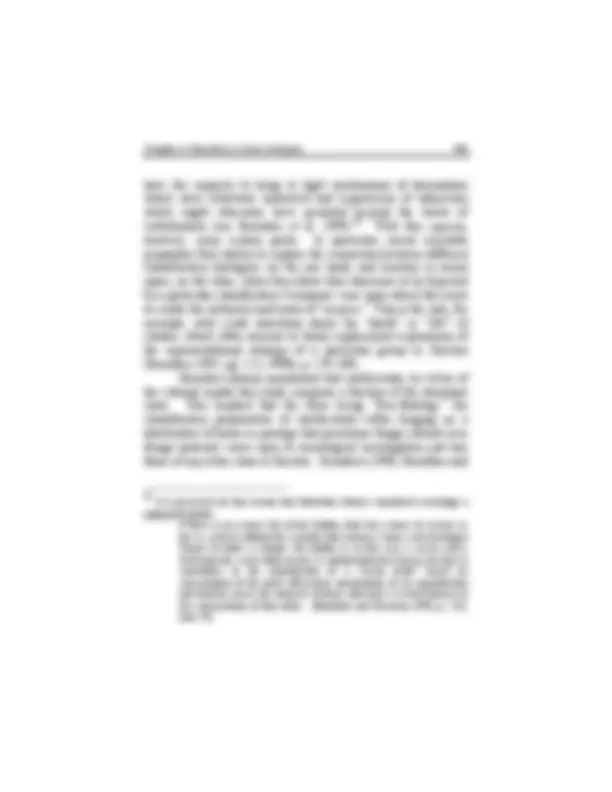
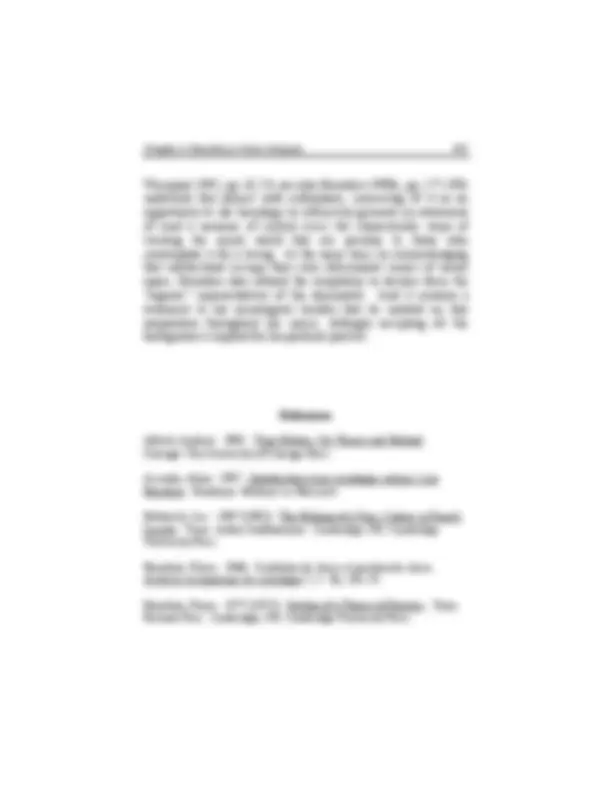
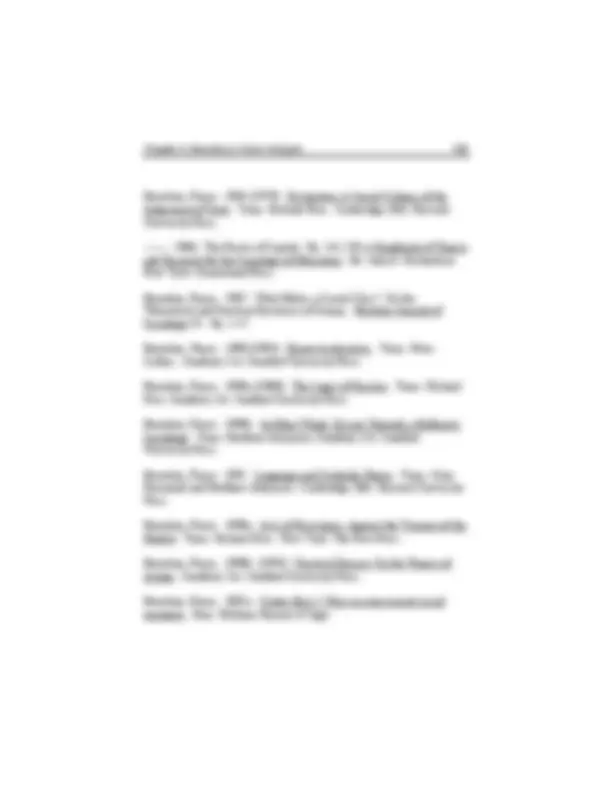
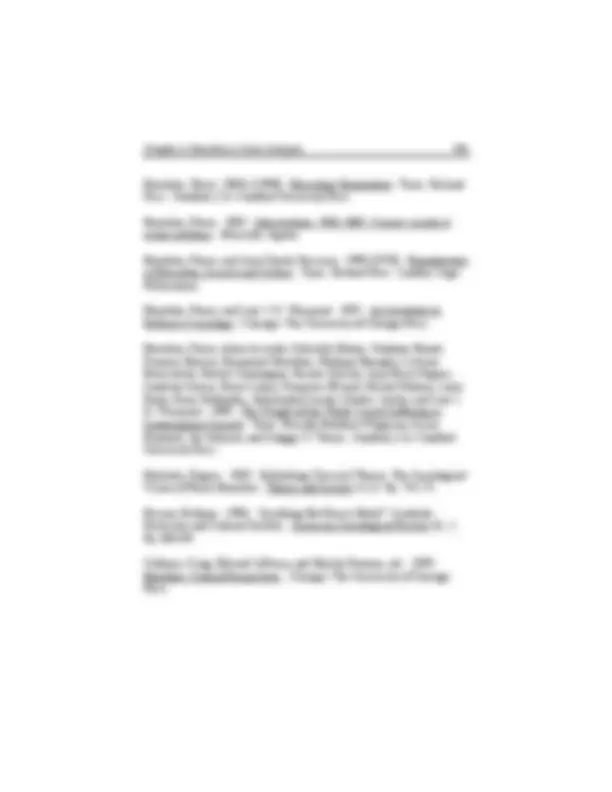
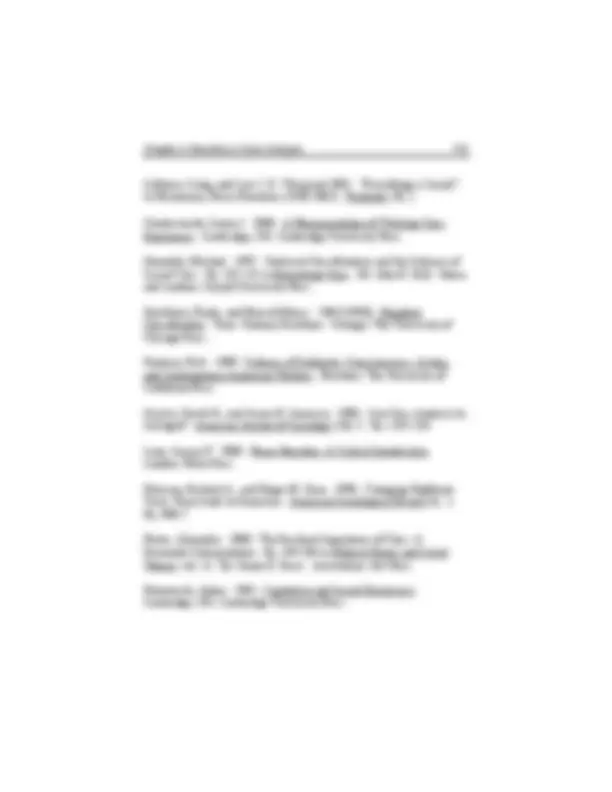
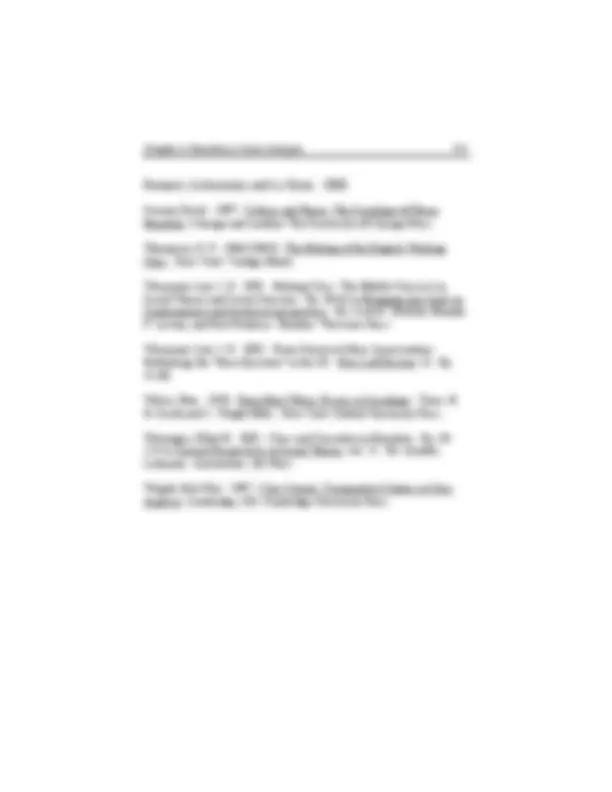


Study with the several resources on Docsity

Earn points by helping other students or get them with a premium plan


Prepare for your exams
Study with the several resources on Docsity

Earn points to download
Earn points by helping other students or get them with a premium plan
Community
Ask the community for help and clear up your study doubts
Discover the best universities in your country according to Docsity users
Free resources
Download our free guides on studying techniques, anxiety management strategies, and thesis advice from Docsity tutors
Bourdieu thus interprets Weber's contrast between class and status in terms of a distinction between the material (or “economic”) and the symbolic. He maintains ...
Typology: Exercises
1 / 53

This page cannot be seen from the preview
Don't miss anything!














































At the time of his death in January 2002, Pierre Bourdieu was perhaps the most prominent sociologist in the world (see Calhoun and Wacquant 2002). As the author of numerous classic works, he had become a necessary reference point in various “specialty” areas throughout the discipline (including education, culture, “theory,” and the sociology of knowledge); he had also achieved canonical status in cultural anthropology as a result of his studies of the Kabyle in northern Algeria during the war for independence and its aftermath.^1 Nevertheless, Bourdieu’s prominence increased exponentially during the 1990s, when he became a highly visible participant in political struggles against the neoliberal orthodoxy that was coming to dominate political discourse in Continental Europe (see Bourdieu 1998a; 2001a). 2 Social class constitutes a fundamental analytic category in of much of Bourdieu’s research—so much so that he is routinely included in lists of leading contemporary class theorists. Yet despite this centrality, the particular understanding of this concept that animates his work remains murky in the secondary literature. There are, in fact, a number of reasons why it is unusually difficult to grasp:
(^1) For a general introduction to Bourdieu’s work, see Bourdieu and Wacquant
(1992), as well as Swartz (1997), Brubaker (1985), and the essays collected in Calhoun, LiPuma, and Postone (1993).
(^2) Political involvement, however, was not new to Bourdieu (see 2002).
lesser-known luminary—or with a self-contained tradition descending from such a figure. To the contrary, on the question of class, as on most other questions, Bourdieu borrowed as needed from the sociological canon.
(^3) Bourdieu was generally skeptical of attempts to work out the theoretical logic
underlying his works in isolation from their empirical deployment (referring derisively to such attempts as “scholasticism”). Nevertheless, he did undertake, albeit tentatively, the theoretical clarification of various concepts. On the question of social class, these include (Bourdieu 1987; 1990b, pp. 122-139; 1991, pp. 229-251; 1998b, 1-18).
that motivate many of the unique features of Bourdieu’s approach to class. These relate to 1) the significance and role of the analysis of symbolic systems in class analysis, and 2) the question of boundaries between classes. In an early article that sketched many of the arguments which later appeared in Distinction, Bourdieu explicitly takes up Weber’s well- known account of “class” and “status group”:
everything seems to indicate that Weber opposes class and status group as two types of real unities which would come together more or less frequently according to the type of society…; [however,] to give Weberian analyses all of their force and impact, it is necessary to see them instead as nominal unities…which are always the result of a choice to accent the economic aspect or the symbolic aspect—aspects which always coexist in the same reality…. (Bourdieu 1966, pp. 212-213; my addition; emphases modified)
Bourdieu thus interprets Weber’s contrast between class and status in terms of a distinction between the material (or “economic”) and the symbolic. He maintains, moreover, that these should not be viewed as alternative types of stratification giving rise to different types of social collectivities. To the contrary, the distinction between class and status group must be seen purely as an analytical convenience—one which Bourdieu, moreover, is inclined to disallow. The upshot of this is an insistence that class analysis can not be reduced to the analysis of economic relations; rather, it simultaneously entails an analysis of symbolic relations, roughly along the lines of the “status communities” referred to by Weber. In addition to asserting that class analysis has both an economic and a symbolic dimension, Bourdieu also rejects one of the most fundamental aspects of class theory: the imperative to demarcate classes from one another a priori. The reasons behind this rejection are apparent in remarks such as the following:
[n]umerous studies of “social classes”…merely elaborate the practical questions which are forced on those who hold political power. Political leaders are continually faced with the…practical imperatives which arise from the logic of the struggle within the political field, such as…the need to mobilize the greatest possible number of votes while at the same time asserting the irreducibility of their project to those of other leaders. Thus they are condemned to raise the problem of the social world in the typically substantialist logic of the boundaries between groups and the size of the mobilizable group…. (Bourdieu 1991, p. 246)
Bourdieu was led to disassociate the sociology of class from the project of theoretically specifying boundaries between classes for a number of reasons. In the first place, argumentation over the boundary separating one social collectivity from another is a fundamental form of political conflict, and Bourdieu adhered throughout his career to a vision of social science which repudiated the amalgamation of political and scientific interest (on this point, see also Donnelly 1997).^5 Secondly, he contends that by drawing boundaries ahead of time, sociologists also run the risk (in their research practice, and possibly even their theory) of treating classes as “self-subsistent entities…which come ‘preformed,’ and only then… [enter into] dynamic flows….” (Emirbayer 1997, p.283)—or in other words, according to a “substantialist” logic. Both of these objections stem, in part, from Bourdieu’s antipathy towards arguments (frequent during 1960s and 1970s) over the “real” lines of division separating classes—above all, those separating the “middle class” from the proletariat—and the political implications of the location of these lines. Against the fundamental premises of such arguments, Bourdieu insists vehemently that “the question with which all sociology ought to
(^5) Thus, in Distinction, Bourdieu declares that “many of the words which
sociology uses to designate the classes it constructs are borrowed from ordinary usage, where they serve to express the (generally polemical) view that one group has of another” (Bourdieu 1984, p. 169).
“style of life”). Thirdly, however, Bourdieu further asserts that these practices serve to constitute social collectivities—that is, “status groups”—by establishing symbolic boundaries between individuals occupying different locations in the class structure. The process through which this occurs is a contentious one, taking the form of what he calls a “classificatory struggle.” And, finally, Bourdieu demonstrates that this struggle amounts to only one of the many modalities through which “symbolic power” is exercised.
Class Structure To start with, it must be recognized that for Bourdieu, the notion of a class structure encompasses the entirety of the occupational division of labor. This implies that he grants the notion a considerably wider purview than do Marxian theories, which restrict its scope to a system of positions defined in terms of ownership of and/or control over the means of production. Consequently, Bourdieu is not confronted by the problem upon which so many Marxian theories have foundered—namely, that of determining how to cope with all those positions in the division of labor which cannot be characterized in terms of the canonical division between “owners” and “workers” (or which cannot be characterized “adequately” or “satisfactorily” in these terms). Thus, his model effectively encompasses not only the “middle class” occupations that have been the source of so much grief in the Marxist tradition, but also those which have hovered at the fringes of most class analytical schemes, including positions in public administration and the state “apparatus,” the so-called “professions,” and—not least of all—intellectuals, artists, and other “cultural producers.” In Bourdieu’s understanding, the occupational division of labor forms a system. This implies that locations in the division of labor are differentiated from—and thus related to—one another in terms of theoretically meaningful factors. For Bourdieu, these factors derive from the distributions of “capital.” Bourdieu regards as capital “the set of actually usable resources and powers” (1984, p. 114). He insists, moreover, that there exist multiple species of capital which cannot be subsumed under a single generic concept. In the present context, the most important of these are economic and cultural capital (see Bourdieu
1986; Bourdieu and Wacquant 1992, pp. 117-120).^7 Whereas Bourdieu tended to treat the meaning of the former concept as more or less self- evident throughout the course his career, the latter was the object of extensive elaboration (and has given rise to extensive debate). Put simply, the notion of cultural capital merely refers to a culturally-specific “competence,” albeit one which is efficacious—as a “resource” or a “power”—in a particular social setting. In highly differentiated societies, two social agencies are primarily responsible for “inculcating” cultural capital: the family and the school. Its most fundamental feature lies in the fact that, because it is embodied, its acquisition requires an investment of time (Bourdieu 1986, p. 244-6).^8 Bourdieu thus develops his model of the class structure by means of an analysis of survey data which includes a wide variety of indicators of the economic and cultural capital possessed by individuals located in positions throughout the occupational system. The model may be understood as a factorial space constituted by three orthogonal axes.^9
(^7) Bourdieu is well-known for also having identified a third form of capital:
“social capital” (see Bourdieu 1986). This form of capital is of secondary importance in the analysis of capitalist societies for Bourdieu; it took on a more central role, however, in his occasional discussions of state socialist societies (see Bourdieu 1998b, pp. 14-18).
(^8) Cultural capital may also occur in an “objectified” form—that is, in the form of
material objects whose production or consumption presupposes a quantum of embodied cultural capital. And, it may occur in an “institutionalized” form, meaning as an embodied competence which has been certified by an official agency possessing the authority to legally “warrant” its existence—that is, in the form of educational credentials (Bourdieu 1986). One of the foremost characteristics of cultural capital, for Bourdieu, is hereditability; as such, it can make a substantial contribution to the inter-generational reproduction of the distribution of individuals across class locations, since “the social conditions of its transmission and acquisition are more disguised than those of economic capital” (Bourdieu 1986, p. 245).
(^9) Bourdieu’s preferred statistical technique is Multiple Correspondence Analysis
(MCA), a technique similar to factor analysis, but used with categorical
greatest cultural capital and the least economic capital—are opposed to industrialists and commercial employers—the occupations whose incumbents hold a preponderance of economic capital but relatively little cultural capital. Located in between these two polar extremes are the professions, whose incumbents exhibit a relatively symmetrical asset structure. In a similar manner, the petty bourgeoisie is differentiated along the second axis between the small business owners, endowed primarily with economic capital, and primary school teachers, endowed primarily with cultural capital. Intermediate between them are categories such as technicians, office workers, and secretaries. 10 The occupational division of labor is differentiated along a third axis, one which amounts to a quasi-structural treatment of time. Generated primarily from indicators of the economic and cultural capital of the family of origin, this axis differentiates positions according to the trajectories followed by their incumbents—or in other words, according to the change or stability they have experienced over time in the volume and composition of their capital. Here Bourdieu’s data reveal, for example, that members of the professions are more likely than any other members of the bourgeoisie to have been born into this class. His approach, it can be noted, opens up an intriguing area for the study of mobility: in addition to vertical movements (along the first axis), mobility may also entail “horizontal” or “transverse” movements (along the second axis)—that is, an individual’s class location and his or her fraction location are simultaneously variable over time. Bourdieu refers to the latter type of movement, in which a preponderance of one type of asset gives way to a preponderance of the other, as a “conversion” of capitals. 11
(^10) Bourdieu is incapable of differentiating fractions within the working class on
the basis of his available data; he remains strongly convinced, however, that better data would enable him to draw such a contrast (Bourdieu 1984, p. 115).
(^11) Mobility along the “horizontal” axis of the structure is governed by what
Bourdieu calls the prevailing “conversion rate” between the different capitals (for example, the prevailing costs or returns associated with education). This
The model that Bourdieu constructs of occupational division of labor in this manner is intended to be understood as a structure of objective positions—that is, as locations which are “occupied” by individuals, but which exist as a “quasi reality” (Bourdieu and Wacquant 1992, p. 27) independently of them. As such, Bourdieu terms it the social space of the social formation under analysis. It is meant to represent a single system of objective relations between the various possible combinations of the most important “powers and resources” in the social formation, and their evolution over time. As such, it stands at considerable distance from those developed by the more familiar traditions of class analysis. In particular, Bourdieu’s social space is separated from them by the fact that the three axes which constitute it— volume, composition, and trajectory—are viewed as continuous dimensions, from both a methodological and a theoretical vantage point (Bourdieu 1990a, p. 140). This implies that the model does not postulate any inherent lines of cleavage specifying the structural threshold where one class gives way to another, and hence, that within “this universe of continuity,” the identification of discrete class (and fraction) locations amounts to no more than a heuristic convenience (see Bourdieu 1984, pp. 258-259, 339). Correlatively, although the fact that Bourdieu conceptualizes social space in gradational terms appears to echo those “stratification” models in which the occupational order is understood as a continuous scale of positions (differentiated, for example, in terms of the rewards they carry), it nevertheless stands far apart from them by virtue of it multidimensional configuration (see Bourdieu 1984, pp. 124-125; also 1991, pp. 244-245). As noted, this opens the way to an analysis of forms of mobility (“conversion” of capital) that such models ignore; and, as will be demonstrated, it also opens the way to an analysis of forms of conflict that such models are incapable of acknowledging.^12
rate is variable over time, being the product of conflicts between those who hold a preponderance of one or the other species of capital.
(^12) As they themselves suggest, Bourdieu’s conception of social space does
resemble the “disaggregative” orientation to class analysis developed by Grusky and Sørensen (1998), at least insofar as both center on the occupational system.
it implies a view according to which actions are generated neither by explicit consideration of norms (that is, via the conscious subsumption of the action situation under a morally binding “rule”) nor by rational calculation (that is, via calculation of the relative risks and rewards likely to accrue to different possible courses of action). Rather, in keeping with pragmatist philosophies, a dispositional understanding implies that, under “typical” circumstances action can proceed on a pre-reflexive basis—that is, without recourse to conscious reflection on rules or estimations of results. Nevertheless, the notion of habitus is not to be conflated with that of “habit” (in ordinary sense), according to which action would only be able to forego reflection to the extent that it was routinized and repetitive. To the contrary, dispositions may generate actions—or as Bourdieu prefers to say, practices—that are highly spontaneous and inventive. His preferred illustrative examples are taken from music and sports: an accomplished musician is able to improvise within the context of a given harmonic structure without having to mentally rehearse alternative variations prior to actually playing them; similarly, an accomplished tennis player will charge the net in order to win a point without having to weigh the expected consequences of this strategy against others prior to actually engaging it (see Bourdieu 1990b, p. 11; 1990a, pp. 52-65; Bourdieu and Wacquant 1992, pp. 19-22). To be sure, neither rational calculation nor intentional reference to rules are proscribed in Bourdieu’s meta-theory; nevertheless, they are considered to be a “derivative” form of practice, in the sense that they are most likely to occur when the habitus finds itself compelled to cope with an unfamiliar environment (for example, the classically trained musician who agrees to perform with a jazz ensemble). The habitus, according to Bourdieu, is differentially formed according to each actor’s position in social space; as such, it is empirically variable and class-specific (in Bourdieu’s sense of the term). In elaborating this, we must begin by acknowledging that, for Bourdieu, the process through which the habitus is constituted is not situated—or at least not primarily situated—at the “point of production.” In other words, although the occupational system comprises the institutional core of the “class structure” for Bourdieu, it is neither the labor market nor the shop floor (or office cubicle) which functions as the site in which the
causal processes giving rise to a class-specific habitus unfold. Rather, according to Bourdieu, each location in social space—that is, each combination of volume and composition of capital—corresponds to a particular set of life conditions, which he terms the “class condition.” 14 As such, it is intended to specify the particular conditions within which the habitus was formed, and in particular, the experience of material necessity. 15 According to Bourdieu, experience of the particular class condition that characterizes a given location in social space imprints a particular set of dispositions upon the individual. These dispositions amount to what Bourdieu sometimes calls a “generative formula.” He defines them as “an acquired system of generative schemes…[that] makes possible the…production of…thoughts, perceptions and actions” (Bourdieu 1990a, p. 55). These schemes enable actors to apprehend their specific situation and its elements as meaningful, and to pursue—typically without reflection or calculation—a course of action which is “appropriate” to it. (This is why, Bourdieu argues, the regularities of action observed by social scientists often appear to be the result of adherence to norms or rational decision.) This capacity, on the one hand, is limited: the more the action situation departs from the conditions in which the habitus was constituted, the more likely it is that the habitus will be rendered ineffective (a kind of individual anomie). On the other hand, however, the “schemes” comprising the habitus are transposable: within the limits
(^14) See Sørensen (this volume) for the distinction between conceptions of class
based on the notion of life conditions and those based on the notion of exploitation. In Sørensen’s view, the former require grounding in the latter’s notion of “objective”—but typically “latent”—antagonistic interests in order to account for processes of class formation (e.g. collective action by the members of a class). As will be demonstrated, Bourdieu takes an entirely different view of this process.
(^15) Initial formation of the habitus occurs in the context of each individual’s
“earliest upbringing.” It can subsequently be modified by new experiences; however, the earliest experiences carry a “disproportionate weight” (Bourdieu 1977, p. 78; 1990a, pp. 54, 60).
demonstrates that among the members of the dominant class, a unitary lifestyle emerges around what he calls “the sense of distinction.” This habitus is defined, above all, by its overriding aesthetic sensibility. The various moments of everyday life constitute so many occasions for an expression of this sensibility. In particular, each comprises an opportunity for the subordination of function to form:
[w]hile it is clear that art offers it the greatest scope, there is no area of practice in which the intention of purifying, refining and sublimating facile impulses and primary needs cannot assert itself, or in which the stylization of life, i.e. the primacy of form over function, which leads to the denial of function, does not produce the same effects. In language, it gives the opposition between the popular outspokenness and the highly censored language of the bourgeois…. The same economy of means is found in body language: here too, agitation and haste, grimaces and gesticulation are opposed…to the restraint and impassivity which signify elevation. Even the field of primary tastes is organized according to the primary opposition, with the antithesis between quantity and quality, belly and palate, matter and manners, substance and form. (Bourdieu 1984, pp. 175-176)
As this remark indicates, Bourdieu discerns a working class habitus that is “antithetical” to that of the dominant class: the “taste for necessity” which characterizes the lifestyle of members of this class inclines them to assign an absolute priority to function over form, to insist that art carry a moral message, and to demand choices that evidence a conformity with the class as a whole (which are viewed as an implicit demonstration of solidarity). For its part, the petty bourgeois exhibits a lifestyle born of the combination of an aspiration to the bourgeois lifestyle, on the one hand, and insufficient economic or (especially) cultural capital to attain it, on the other. Its members are therefore inclined to a “cultural goodwill”: lacking “culture” (in the bourgeois sense) they tend to
embrace “popularized” aesthetic forms (e.g. “light” opera) and to commit themselves to activities intended to achieve cultural self-betterment. Furthermore, Bourdieu demonstrates substantial differences within both the dominant class and the petty bourgeoisie according to variations in the asset structures associated with the corresponding positions (that is, according to the composition of capital). 17 Thus, within the dominant class, those endowed primarily with economic capital—the commercial and industrial employers—express the “sense of distinction” through the pursuit of luxury goods and a carefully crafted opulence, whereas their counterparts—the “artistic producers” and University professors—express this impulse by practicing a cultural “asceticism” geared towards the intellectually most demanding (and least expensive) forms of culture. Bourdieu summarizes this opposition of habitus and lifestyles as follows:
[o]n one side, reading, and reading poetry, philosophical and political works, Le Monde, and the (generally leftish) literary or artistic magazines; on the other, hunting or betting, and when there is reading, reading France-Soir or…Auto-Journal…. On one side, classic or avant-garde theater…, museums, classical music,…the Flea Market, camping, mountaineering or walking; on the other, business trips and expense account lunches, boulevard theater…and music-hall, variety shows on TV,…the auction room and “boutiques,” luxury cars and a boat, three-star hotels and spas. (Bourdieu 1984, p. 283)
Situated in between these two poles of the dominant class are the professionals and (especially) the senior executives, who, eschewing both the overt luxury of the employers and the “asceticism” of the intellectuals, exhibit a lifestyle built around aesthetic commitments to “modernism,” “dynamism,” and “cosmopolitanism”: embracing new technology and open to foreign culture, they view themselves as
(^17) Recall (note 10, above) that Bourdieu is unable to clearly identify class
fractions in the working class, but insists that this is shortcoming of his data.
Classificatory Conflicts and Symbolic Violence Following “capital” and “habitus,” the third general concept of Bourdieu’s sociology that must be introduced is that of field, a notion intended to condense his understanding of social structure. As we have already seen, Bourdieu views the class structure of a social formation as an objective network of positions which are systematically related to one another in terms of the distribution of cultural and economic capital across occupational locations. The concept of field is intended to foreclose an overly structuralist interpretation of social space—that is, one in which the individuals who “occupy” the various positions are reduced to the role of mere “bearers” of the structural relations that are encapsulated in them (see Bourdieu and Wacquant 1992, pp. 94-115). In this context, the term is meant to recall a battlefield or a playing field, and more specifically, the fact that the individuals who confront one another will enter into conflict or competition with one another, each from a more or less advantageous position (Bourdieu and Wacquant 1992, pp. 16-18). On this basis, Bourdieu’s social space can equally be termed a “field of social classes” (e.g. Bourdieu 1984, p. 345; 1991, p. 41). In the context of Distinction, this means that lifestyles are caught up in social struggles. Aspects of a lifestyle such as haute cuisine or an antique collection, on the one hand, are not simply distinct from “hearty” foods and mass produced decorations, on the other. To the contrary, the different forms of the same lifestyle element (furniture, food, etc.) stand in a hierarchical relation to one another, and as a result of this, lifestyles themselves are socially ranked. According to Bourdieu, the hierarchical “status” of a lifestyle is a function of its proximity to or distance from the “legitimate culture.” The latter refers to those elements of culture universally recognized as “worthy,” “canonical,” or in some other way “distinguished.” As such, the composition of the legitimate culture is permanently in play: it is the object of a perpetual struggle. Thus, for example, when apprehended in relation to the underlying habitus that generated them, the characteristic minutiae of the bourgeois style of eating and the working class style of eating amount to nothing less than
“two antagonistic world views,…two representations of human excellence” (Bourdieu 1984, p. 199). Bourdieu identifies at least two modalities according to which conflicts over the “legitimate culture” proceed. The first follows the well-established sociological model of the “trickle-down effect.” According to his interpretation of this model, a perpetual competition exists over the appropriation of the most “distinguished” objects or practices. Initially seized upon by those with the greatest economic and/or cultural capital—that is, by the dominant class or one of its fractions—such objects or practices diffuse downward through social space over time; however, precisely to the extent they become progressively “popularized,” each earlier group of devotees tends to abandon them in favor new objects and practices that will enable them to re-assert the exclusivity of their taste. In this form of competition, which is quasi-imitative, the dominant class or one of its fractions invariably takes the leading role and acts as “taste-maker” (Bourdieu 1984, pp. 247- 256). According to Bourdieu, the working class, generally incapable of asserting itself in such competitions as a result of both its lack of capital and its antithetical disposition, tends to stand aloof from them, and thus involuntarily acts as a negative reference point or “foil” against which the petty bourgeoisie and the dominant class can attempt to affirm their cultural distinction. Indeed, in Bourdieu’s view, the working class’ incapacity to participate in the race to claim those forms of culture whose legitimacy its members nonetheless acknowledge (at least implicitly) is so severe that they may be said to be “imbued with a sense of their cultural unworthiness” (Bourdieu 1984, p. 251).^18
(^18) Bourdieu would have perhaps had to modify his undeniably harsh depiction of
working class cultural dispossession and passivity had he been able to identify the distinct fractions within this class that his theory postulates, since he would then have been compelled to analyze its internecine conflicts. Nevertheless, however one judges this aspect of Distinction, it must be remembered that the premise of a hierarchy lifestyles cannot be falsified simply by pointing to the canonization of “popular” (or once “popular”) forms of culture. Bourdieu is fully aware of such phenomena, but argues that the consecration of working class cultural forms inevitably occurs by way of intellectuals or artists; endowed